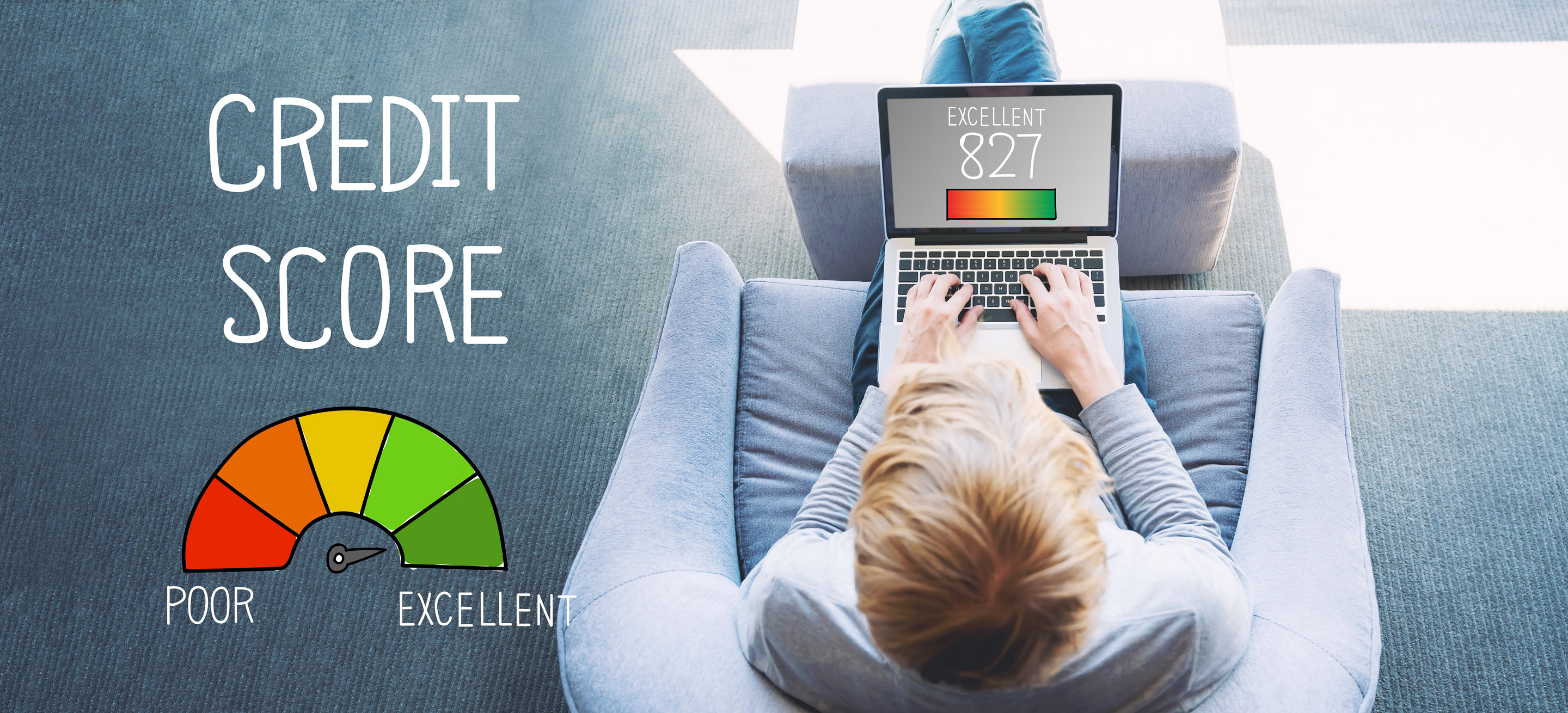We all know that buying a home is one of the most significant purchases you’ll ever make, and since most people don’t have ample liquid cash available, a good mortgage rate is a necessary part of the process.
That being said, the terms of your mortgage matter greatly, since the interest rate, type of mortgage and length of time you have to repay can dramatically impact the total amount you spend.
If you lower your rate by a percentage point or two, or pay off the mortgage a few years early, you can save thousands in interest during the course of the loan. Here, Bankrate explains some ways you can ace the mortgage application process and get the best possible mortgage rate.
1. Improve your FICO credit score
Your three-digit credit score can be the difference between getting a low rate or costly borrowing terms. A credit score is an important factor when it comes to determining a borrower’s risk, with your lender using the score as a benchmark in deciding whether you will be able to repay the debt. In other words, the higher the score, the higher the likelihood that the borrower will not default. In general, the more confident the lender is in your ability to repay your loan on time, the lower the interest rate they’ll offer. To improve your score, pay your bills on time and pay down or eliminate credit card balances. If you must carry a balance, make sure it’s no more than 20 percent to 30 percent of your available credit limit. Also, check your credit score regularly and look for any mistakes. If you find any errors, work to clean them up before applying for a mortgage.
2. Build a record of employment
You will be far more attractive to your lender if you are able to show at least two years of steady employment and earnings, especially from the same employer, so be prepared to hand over pay stubs and W-2s. Note: If you’re self-employed or your pay is coming from multiple part-time jobs, it can be more difficult to qualify.
3. Save up for a down payment
Putting down more money can help you obtain a lower mortgage rate, particularly if you have enough liquid cash to fund a 20 percent down payment. Of course, lenders accept lower down payments, but less than 20 percent usually means you’ll have to pay private mortgage insurance (or PMI), which can range from .05 percent to 1 percent of the original loan amount annually. The quicker you can pay down your mortgage to less than 80 percent of the total value of your home, the sooner you can eliminate mortgage insurance and reduce your monthly bill.
4. Consider an adjustable-rate mortgage
While taking out a traditional 30-year fixed-rate mortgage might not make financial sense for all homebuyers, it might save you money if you lock in a lower rate for a shorter period of time, such as five, seven or 10 years. An adjustable-rate mortgage (ARM) is an option to consider, although you need to be aware that the interest rate could increase after the fixed period ends and the rate readjusts. Buyers typically choose a term from three to 10 years, depending on their needs. For example, a first-time buyer who hopes to get a job promotion in five years and move or upsize to a more expensive house can save a little money while they’re there because the ARM loans should be at a better rate than the 30-year fixed.
5. Choose a 15-year fixed-rate mortgage
If you think you’ve found your long-term home and have good cash flow, you likely will want to consider a 15-year fixed-rate mortgage so you can pay off your house sooner. According to U.S. Bank, the national average for a 15-year mortgage is 4.15 percent. On a $260,000 loan, your monthly payments will be considerably higher ($1,943 vs. $1,264 for a 30-year fixed), but you’ll save more than $100,000 in interest during the life of your loan.
6. Lock in your rate
Sometimes the closing process can take weeks or even months, during which time rates can fluctuate. Once you sign the home purchase agreement and secure your loan, ask your lender to lock in your rate. The service sometimes comes with a fee, but it might pay for itself if rates rise.





